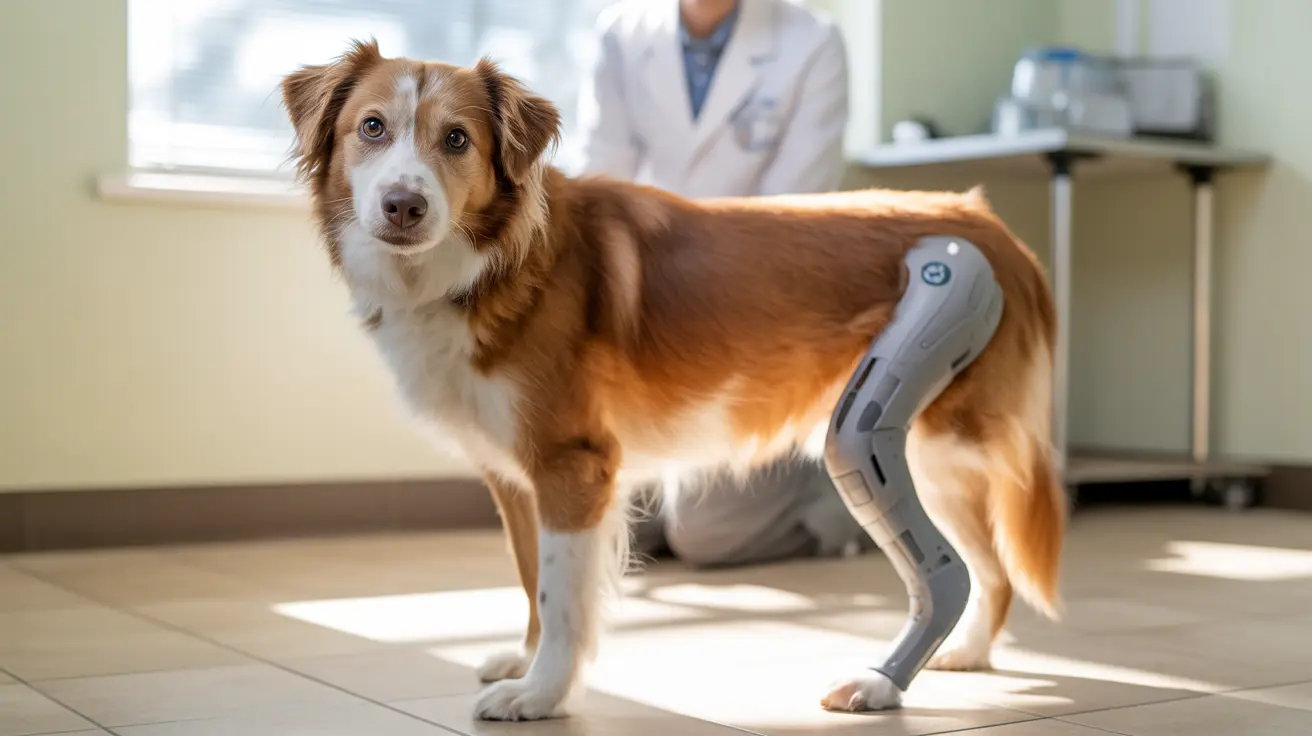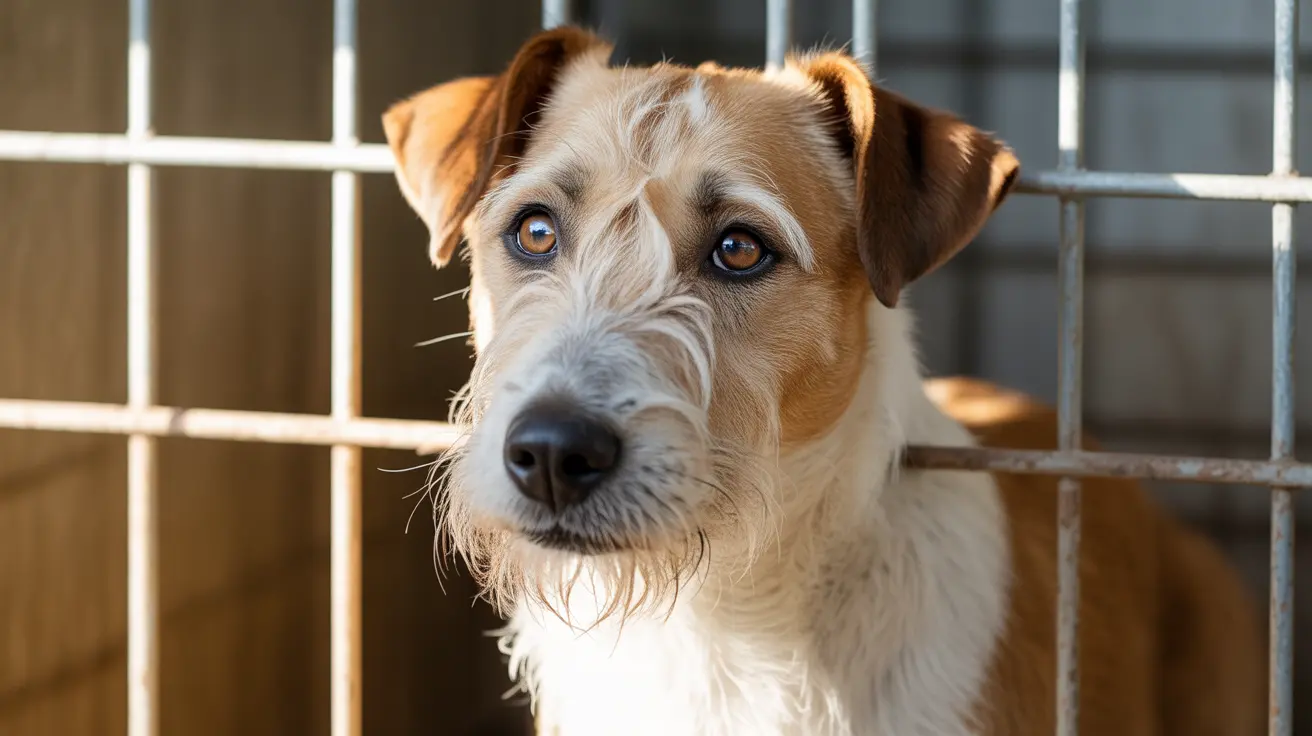Why Many Dogs Enjoy Long Car Rides
Car rides can be exciting, stimulating experiences for many dogs. Their reaction to traveling in a car depends on a variety of factors, including sensory stimulation, social bonding, mental association, and past experiences. This article explores the key reasons why dogs often show enthusiasm for long car rides and offers tips for ensuring their safety and comfort during travel.
1. Intense Sensory Stimulation
One of the primary reasons dogs enjoy car rides is the overwhelming sensory input they receive. Dogs have an extraordinary sense of smell, with hundreds of millions of scent receptors—vastly outnumbering those in humans. While riding in a moving vehicle, especially with the windows down, they are exposed to an ever-changing array of scents. These may include:
- Food smells from roadside eateries
- Other animals, such as other dogs or wildlife
- Floral and vegetation aromas
- Scents left by other dogs in particular areas
This constant olfactory stimulation makes the experience dynamic and energizing for dogs.
2. Visual Stimulation and Curiosity
Dogs are naturally curious animals, and car rides offer a rich array of new visual stimuli. During trips, dogs see different sights—vehicles, pedestrians, animals, and landscapes they wouldn't encounter at home. This novelty satisfies their desire for exploration and stimulates their minds.
3. Feeling Part of a Pack
In the wild, dogs are pack animals that travel together when searching for food or new territory. A car ride mimics this innate behavior. Riding alongside their owner and possibly other humans reinforces the dog's sense of community. The synchronized motion of moving together may activate a dog’s natural pack instinct and elevate their excitement.
4. The Car as an Extension of Home
For many dogs, the car feels like an extension of their home, especially if it contains familiar items such as a dog bed, toy, or blanket. The environment is enclosed and contains the comforting scents of their human family. This makes the car feel like a secure, personal space, contributing to a sense of comfort and control.
5. Positive Associations
Dogs tend to form strong associative memories. If car rides often lead to fun destinations like the park, a beach, or a friend’s house, they learn to associate the act of riding in a vehicle with these enjoyable experiences. The sound of car keys or a door opening can trigger tail-wagging anticipation in dogs who have made this connection.
6. Spending Quality Time with Their Owner
Dogs are very social creatures and usually prioritize being close to their humans. A car ride means undivided attention and quality time with their favorite person. This shared experience can deepen the bond between dog and owner.
7. It Feels Like a Hunt
Movement at speed and the visual of passing animals or cars might trigger a dog’s hunting instincts. They may perceive these as prey or simply get a thrill from the rapid motion and coordination, as if they were on a hunt with their pack.
Not All Dogs Love Car Rides
Despite these general positives, some dogs may experience discomfort or fear while traveling. Common reasons include:
- Motion sickness or inner ear imbalance
- Past negative experiences, like trips to the vet
- Separation anxiety or being left at a kennel
- Lack of early socialization with car travel
To help these dogs, owners can apply certain techniques to ease their pet into enjoying car travel:
- Start with short, positive trips
- Bring along favorite toys or blankets
- Offer treats and praise during the ride
- Remain calm to avoid transferring anxiety
- Avoid forcing the dog into the car
Safety Considerations
Regardless of how much a dog enjoys the experience, safety must come first. Experts recommend using specialized equipment to reduce the risk of injury:
- Harnesses that secure to seat belts
- Crates that provide a confined, comfortable space
- Car barriers to keep pets from interfering with the driver
Avoid letting dogs stick their heads out of open windows, as debris or sudden movements can harm them. Ensure the vehicle is well-ventilated, with temperature regulation, especially during long trips.
Conclusion
Many dogs do enjoy long car rides, driven by their search for new sensory input, desire for companionship, and excitement from exploration. However, knowing your dog’s individual preferences and keeping them safe are key to making each journey a positive one. With thoughtful preparation and understanding, car rides can be a source of joy and bonding for both dogs and their owners.





